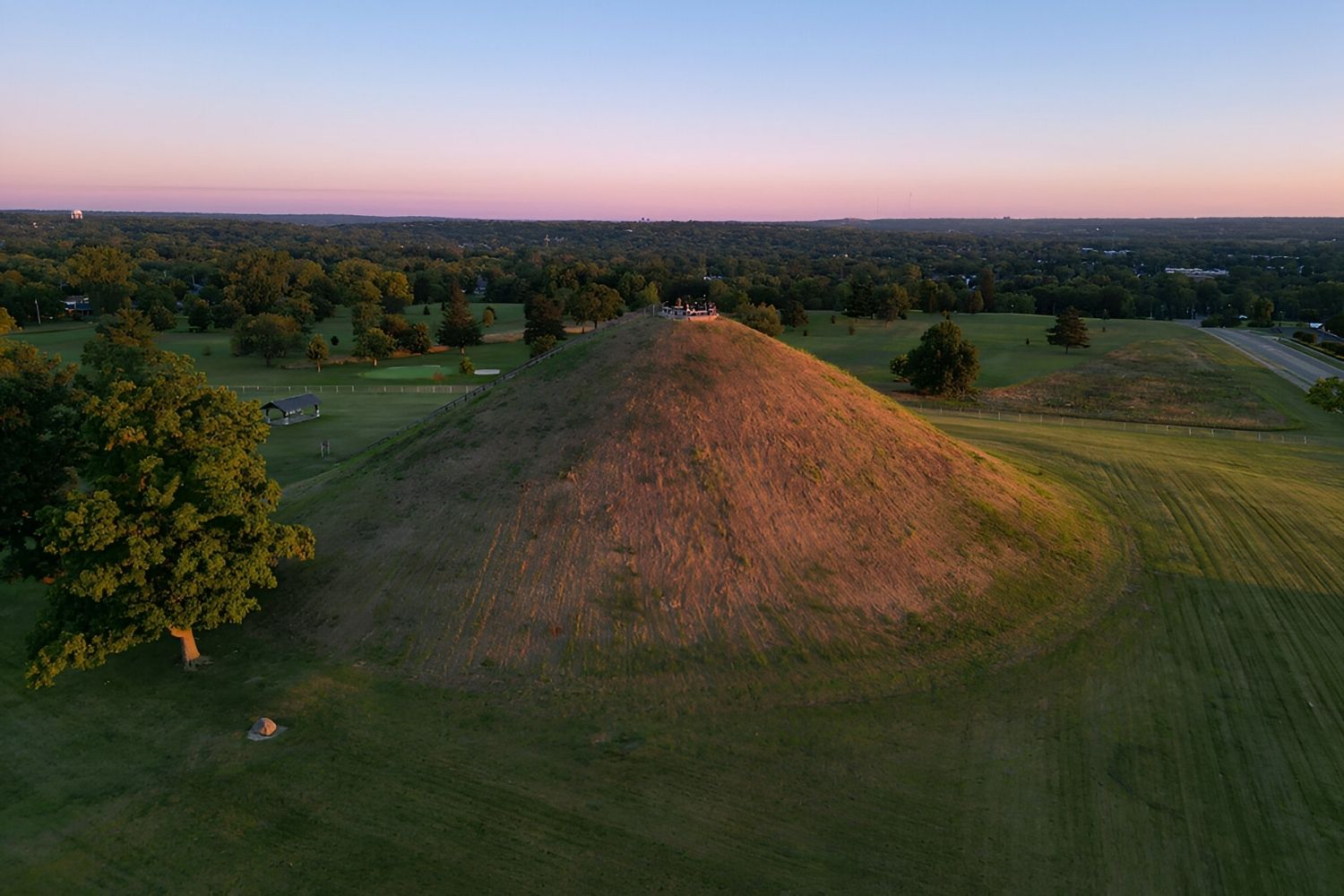Unveiling Adena Culture Mound Sites

Curious about ancient history? The Adena Culture Mound Sites offer a glimpse into the past. These sites, scattered across the Ohio Valley, are remnants of a civilization that thrived over 2,000 years ago. The Adena people were known for their impressive earthworks, which served as ceremonial and burial sites. Visiting these mounds is like stepping back in time, where you can imagine the rituals and daily life of this fascinating culture. Each mound tells a story, with artifacts and structures revealing insights into their society. Whether you're a history buff or just love exploring new places, these sites provide a unique experience. As you walk among the mounds, you'll feel a connection to the people who once called this land home. So, pack your curiosity and sense of adventure, and get ready to learn about the Adena culture.
Discovering the Adena Culture Mound Sites
The Adena culture, known for its mysterious mounds, thrived in North America over 2,000 years ago. These ancient earthworks, scattered across the Midwest, offer a glimpse into a civilization that left no written records. Let's explore some of these fascinating sites.
Mound City Group
Located in Ohio, the Mound City Group is a collection of 23 mounds built by the Adena people. This site is part of the Hopewell Culture National Historical Park, showcasing the intricate earthworks and artifacts left behind. Visitors can wander through the mounds and imagine the ceremonies that once took place here.
- Mound City Group: This site is a treasure trove of Adena history. The mounds, arranged in a precise geometric pattern, were used for ceremonial purposes. Archaeologists have uncovered numerous artifacts, including copper tools and pottery, providing insight into the daily lives of the Adena people.
Serpent Mound
One of the most iconic earthworks, the Serpent Mound, is a massive effigy mound shaped like a snake. This site, located in Adams County, Ohio, stretches over 1,300 feet and is believed to have been built for ceremonial or astronomical purposes. The mystery of its construction continues to intrigue visitors.
- Serpent Mound: This winding earthwork is a marvel of ancient engineering. Its purpose remains a mystery, with theories ranging from a calendar to a religious site. The mound's head aligns with the summer solstice sunset, hinting at its possible astronomical significance.
Grave Creek Mound
In West Virginia, the Grave Creek Mound stands as one of the largest conical mounds in the United States. Built around 250-150 BC, this mound served as a burial site for the Adena elite. The adjacent museum offers a closer look at the artifacts and history of the Adena culture.
- Grave Creek Mound: Towering at 62 feet, this mound is a testament to the Adena's architectural prowess. Excavations have revealed burial chambers filled with artifacts, including shell beads and stone tools, shedding light on the social structure of this ancient society.
Newark Earthworks
The Newark Earthworks in Ohio are among the largest set of geometric earthen enclosures in the world. These structures, built by the Hopewell culture, are believed to have been influenced by the Adena. The site includes the Great Circle, Octagon Earthworks, and Wright Earthworks.
- Newark Earthworks: These impressive structures cover several square miles and include a variety of geometric shapes. The Octagon Earthworks are thought to have been used as a lunar observatory, showcasing the Adena's advanced understanding of astronomy.
Fort Ancient
Perched on a hilltop overlooking the Little Miami River, Fort Ancient is a prehistoric site with over three miles of earthen walls. While primarily associated with the Hopewell culture, evidence suggests the Adena may have initiated its construction. This site offers stunning views and a glimpse into ancient fortifications.
- Fort Ancient: This site features a series of earthen walls and ditches, creating a complex defensive structure. The purpose of Fort Ancient remains debated, with theories suggesting it served as a ceremonial center or a gathering place for trade and social events.
Discovering the Legacy of Adena Culture
Adena culture mound sites offer a fascinating glimpse into ancient history. These earthworks, scattered across the Ohio Valley, showcase the ingenuity and artistry of a civilization that thrived over 2,000 years ago. Visiting these sites, like the Miamisburg Mound or the Serpent Mound, provides a unique opportunity to connect with the past. Each mound tells a story of the Adena people's beliefs, rituals, and daily life. Exploring these sites not only enriches our understanding of history but also highlights the importance of preserving cultural heritage. Whether you're a history buff or just curious, these mounds are a must-see. They remind us of the rich tapestry of human history and the enduring legacy of those who came before us. So, next time you're planning a trip, consider adding these remarkable sites to your itinerary.

